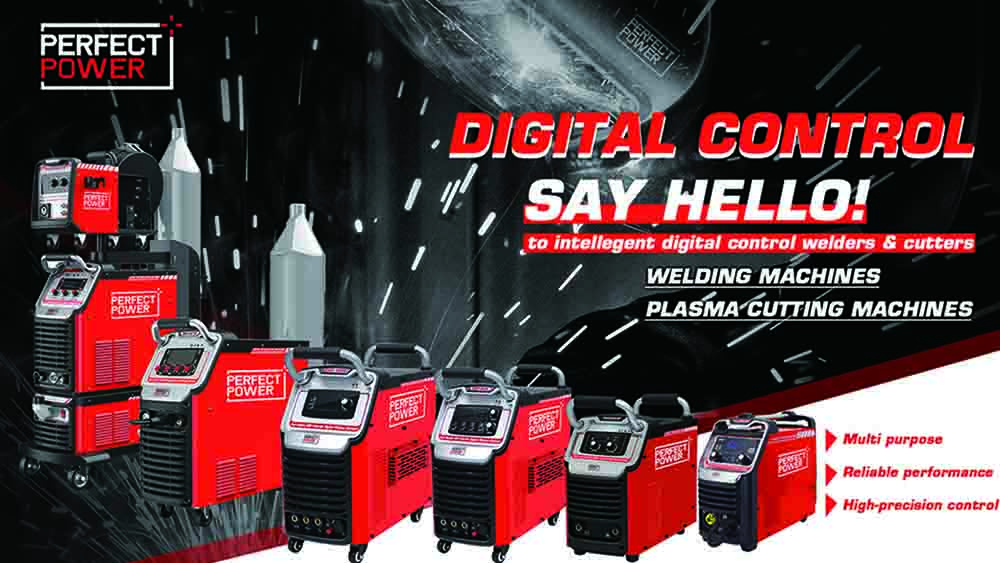SMAW(Stick welding, Arc Welding, MMA welding), commonly referred to as stick welding or arc welding, is a popular choice for novice welders. Unlike MIG welding and TIG welding, it does not require shielding gas, making it a cost-effective option that can be used in any setting. Whether you are a beginner or an experienced welder, remember these five stick welding pointers the next time you ignite an arc.
Step 1: Machine Setup, ensure that your machine is configured correctly. Different stick welding electrodes require different settings. The electrode you choose will determine whether you use DC Positive (DCEP), DC Negative (DCEN), or AC (Alternating Current). Some machines may only be capable of welding in one or two of these modes, so it is important to select a stick rod that is compatible with your machine.
Each current type produces distinct arc characteristics and should be used for specific purposes. DC+ is ideal for welding thicker materials because it provides greater penetration than DC- and AC. Conversely, DC- and AC are suitable for welding thin materials due to less penetration at the same amperage.
After setting your machine’s current, it is time to set the amperage. A good starting point is 1 amp / .001 inches of electrode diameter. However, this is only a starting point, and you can adjust the amperage up or down based on your desired arc characteristics.
Step 2: Arc Length is Crucial In stick welding, few things are as critical as arc length. Arc length refers to the distance between the electrode and the workpiece. Stick welding is a “Constant Current” welding process, which means that your arc length controls your welding voltage, like all CC welding processes. When learning to stick weld, it is critical to maintain a consistent arc length. A good rule of thumb is to keep your arc length the same as your electrode’s diameter. If your electrode is sticking to the workpiece, your arc length is too short. If you’re experiencing excessive spatter or undercut, your arc length is likely too long.
Step 3: Drag the Slag You may have heard stick welding tips like “If there’s slag, you drag” during a welding lesson. This refers to your travel direction and electrode angle. A 10 to 15-degree drag (or pull) angle when stick welding generally yields the best results. This is not the case in some applications, such as vertical welding, but that is a more advanced lesson for a future article.
Step 4: Manipulate the Electrode Some welders prefer to run a steady line, while others prefer a “whip and pause” motion. Welding is an art, and it is up to you to experiment with different methods and decide what works best for you. If there is a gap in what you are trying to weld, you might want to try a slight weave.
Step 5: Control Your Travel Speed Finally, but certainly not least, is travel speed. If you have implemented all of these welding techniques and are still getting unsightly, ineffective welds, examine your travel speed. Travel speed determines how much metal is deposited onto the workpiece and how much heat is dumped into it (along with amperage). Once you strike the arc, try to keep your arc on the leading edge of the puddle without outrunning it. This should give you a desirable travel speed in most applications. If you notice your welds are thin and ropey, your travel speed is too fast. If you notice your welds are wide and flat, you’re likely traveling too slowly.
In conclusion, these are the five essential steps to achieving high-quality stick welds. By implementing these stick welding techniques, you are well on your way to becoming a stick welding expert.


